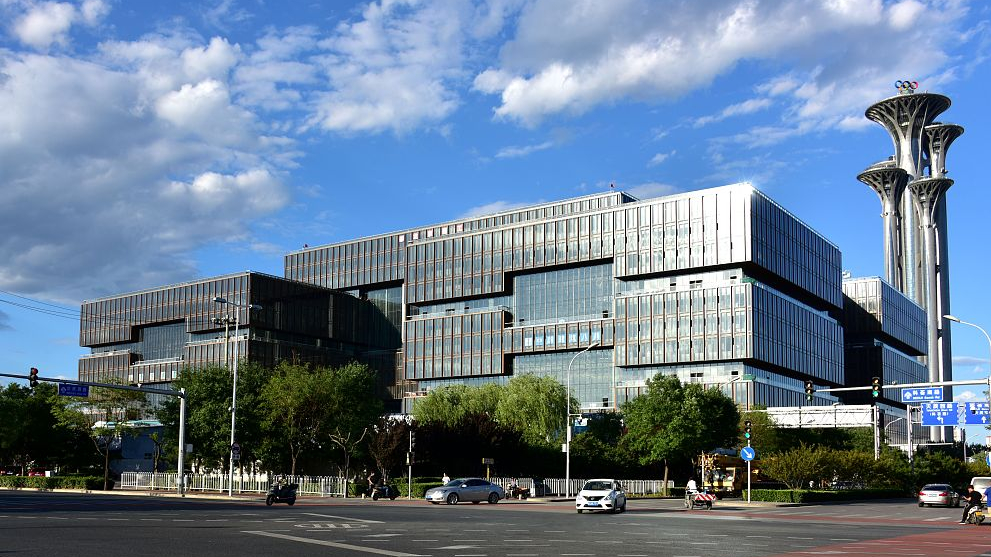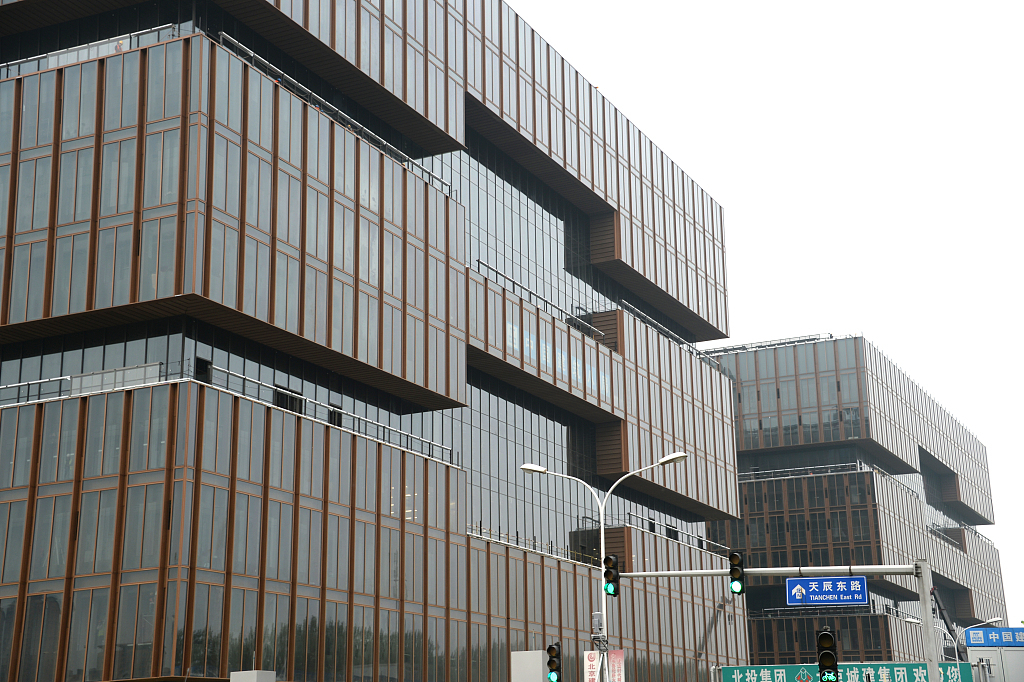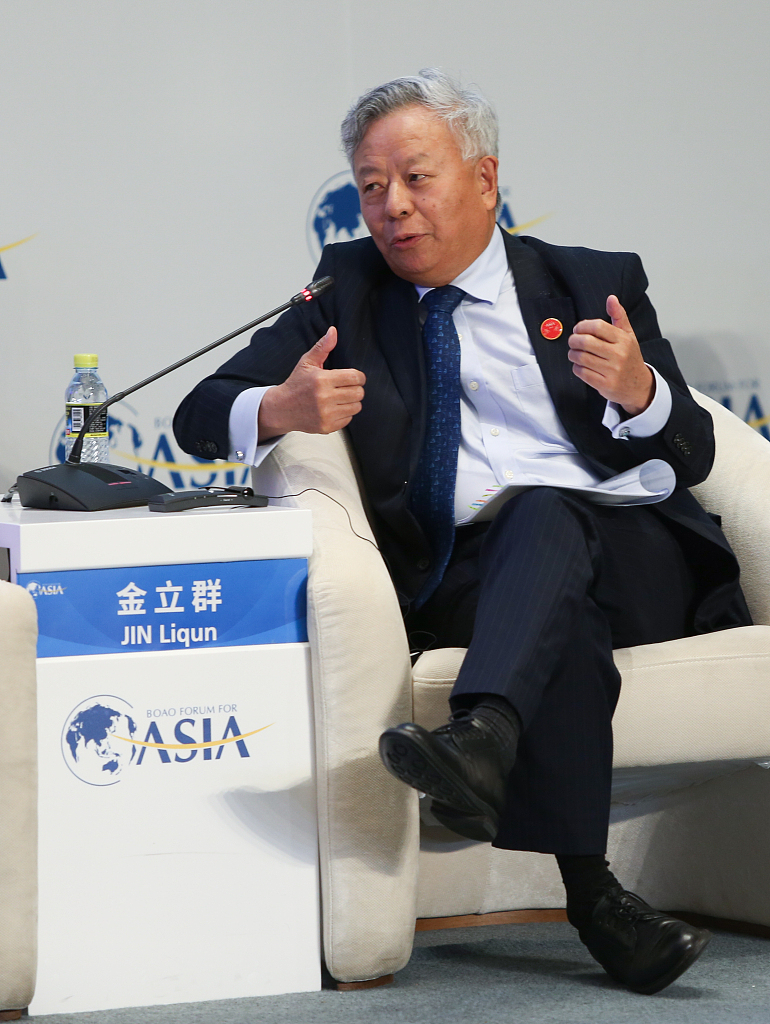

Editor's note: Li Yihao is a doctoral student and research associate at Harvard University. The article reflects the author's opinions, and not necessarily the views of CGTN.
On July 12, the Asian Infrastructure Investment Bank (AIIB) will host its annual meeting in Luxembourg, which marks the first time the Beijing-based multilateral development bank holds its most important event outside of Asia. Incidentally, this month also marks the 75th anniversary of the establishment of Bretton Woods Institutions that continue to underpin much of the liberal international economic order today.
Against a rising tide of populism, nationalism and protectionism, the 97-member AIIB offers a rare glimmer of hope for global collaboration to tackle major cross-border problems. Contrary to what critics had feared when AIIB was founded in 2016, the AIIB has proven to be a much-needed addition, rather than disruption, to the existing Bretton Woods Institutions at a time when the spirit of the liberal international order is deeply embattled.
As the most populous continent with many vibrant economies, Asia offers tremendous potential for sustainable development. Yet many Asian countries have been held back by a lack of infrastructure investment.
The Asian Development Bank estimated that between 2016 and 2030, developing countries in Asia would need to invest 26 trillion U.S. dollars (or 1.7 trillion U.S. dollars per year) to build the infrastructure required to maintain economic growth, eradicate poverty, and respond to climate change. This is many times higher than the current funding levels by both the public and private sectors.

The headquarters of the Asian Infrastructure Investment Bank (AIIB) is under construction in Beijing, May 18, 2019. /VCG Photo
The AIIB was created with a specific mandate to bridge that massive infrastructure gap. While the bank does not have a World Bank-style anti-poverty mandate, it believes that sustainable infrastructure would alleviate poverty – a view shared by a growing number of development economists.
Despite having a clear value proposition, the AIIB faced doubts at its creation. Some Western analysts speculated that China's real intention of founding the AIIB was to advance its own geopolitical interests under the disguise of a multilateral development bank.
Others feared that the AIIB would adopt lax transparency, anti-corruption, social and environmental protection in its lending, thereby undermining the Bretton Woods Institutions.
Today, the AIIB has proven those detractors wrong.
First, it is important to understand that the AIIB is a multilateral initiative, which should not be confused with China's bilateral initiatives such as the Belt and Road Initiative (BRI). As such, the AIIB does not belong to China per se; rather, it answers to all its member countries and evaluates projects based on their own merits.
The fact that the AIIB quickly attracted 67 countries at its founding and a further 30 countries thus far is a testament to its multilateral appeal. India is an illustrative example: Whereas India remains skeptical of China's BRI, it readily embraced the AIIB and has become the Bank's largest loan recipient to date.
Besides, the AIIB has adopted robust governance, environmental and social protection standards that are on par with international best practices. One needs not to worry about the AIIB financing projects that fuel local corruption, saddle host countries with unsustainable debt, pollute the environment or displace ethnic minorities from their native lands.
In fact, the high lending standards adopted by the AIIB has made it easy for the bank to co-finance projects with the World Bank, the Asian Development Bank and other multilateral partners.

Jin Liqun, the president of the Asian Infrastructure Investment Bank (AIIB), attends the Boao Forum for Asia in Hainan Province, China, March 28, 2019. /VCG Photo
Furthermore, the AIIB has hired a diverse and professional staff and built a sustainable project pipeline. Some 200 people who are currently working at the AIIB come from more than 40 member countries, and many of them boast successful careers in some of the most respected public and private institutions and advanced degrees from some of the world's top universities.
By 2019, the bank has approved more than eight billion U.S. dollars' worth of projects, ranging from renewable energy to urban transit.
These three factors have contributed to AIIB's strong international debut. In a major vote of confidence, the bank attained AAA rating from major international credit rating agencies, enabling the bank to borrow and lend at attractive interest rates.
The AIIB recently made its first U.S. dollar bond issue in international capital markets at the same interest rate as World Bank bonds, and was greeted with strong investor appetite.
All these mean that the AIIB will have ample financial firepower to fund sustainable development and cross-country connectivity in Asia.
Henry Morgenthau, the former U.S. secretary of treasury who led the creation of the Bretton Woods Institutions in 1944, said "the wisest and most effective way to protect our national interests is through international cooperation." With the initial success of the AIIB, Morgenthau would have been pleased to see that his liberal spirit has taken root in Asia.
(If you want to contribute and have specific expertise, please contact us at opinions@cgtn.com.)

Copyright © 2018 CGTN. Beijing ICP prepared NO.16065310-3
Copyright © 2018 CGTN. Beijing ICP prepared NO.16065310-3